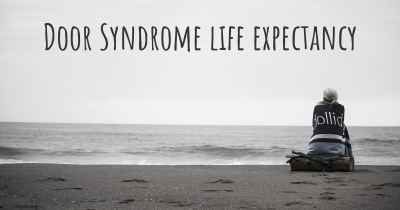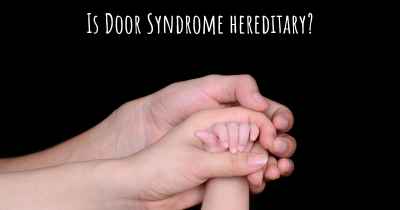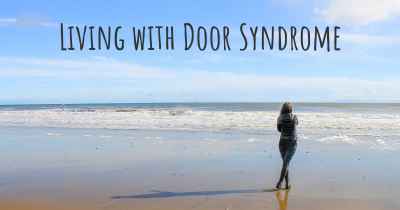What is the history of Door Syndrome?
When was Door Syndrome discovered? What is the story of this discovery? Was it coincidence or not?

Door Syndrome: A Historical Overview
Door Syndrome, also known as "D.S.", is a psychological phenomenon that has intrigued researchers and medical professionals for decades. It is characterized by an irrational fear or aversion towards doors, often leading to anxiety, panic attacks, and avoidance behaviors. While the exact origins of Door Syndrome remain unclear, its history can be traced back to ancient times.
Ancient Beliefs and Superstitions
The fear of doors can be found in various ancient cultures and belief systems. In ancient Egypt, for example, it was believed that evil spirits and demons lurked behind closed doors, waiting to harm those who dared to open them. This fear was so deeply ingrained in the society that rituals and incantations were performed before entering or exiting a room.
Medieval Times and the Supernatural
During the Middle Ages, the fear of doors took on a new dimension with the rise of supernatural beliefs. Many people believed that doors served as portals for malevolent spirits and creatures from other realms. This fear was fueled by popular folklore and religious teachings, which often depicted doors as gateways to the unknown.
The Emergence of Psychological Studies
It wasn't until the late 19th century that Door Syndrome began to be recognized as a psychological condition. Sigmund Freud, the renowned psychoanalyst, explored the concept of phobias and their underlying causes. While he did not specifically mention Door Syndrome, his work laid the foundation for future research in the field of anxiety disorders.
Early Clinical Observations
In the early 20th century, clinicians and psychologists started documenting cases of individuals with an intense fear of doors. These observations led to the recognition of Door Syndrome as a distinct psychological disorder. The symptoms were described as a combination of anxiety, panic, and a strong desire to avoid any situation involving doors.
Advancements in Cognitive Behavioral Therapy
As psychological research progressed, new treatment approaches emerged. Cognitive Behavioral Therapy (CBT) became a widely used method for addressing phobias, including Door Syndrome. CBT aims to identify and challenge irrational thoughts and beliefs, gradually exposing individuals to their fears in a controlled manner.
Modern Understanding and Treatment
In recent years, advancements in neuroscience and psychology have shed further light on Door Syndrome. It is now recognized as a specific phobia, classified under the umbrella of anxiety disorders. Treatment options have expanded to include medication, exposure therapy, and other evidence-based interventions.
Living with Door Syndrome
For individuals with Door Syndrome, daily life can be challenging. Simple tasks such as entering a room or leaving a building can trigger intense anxiety and distress. It is important for those affected to seek professional help and support from loved ones. With proper treatment and coping strategies, many individuals can learn to manage their fears and lead fulfilling lives.
Conclusion
Door Syndrome, though not widely known, has a rich and complex history. From ancient superstitions to modern psychological understanding, it has evolved as our knowledge of the human mind has deepened. While there is still much to learn about this intriguing condition, ongoing research and advancements in treatment offer hope for those affected by Door Syndrome.








